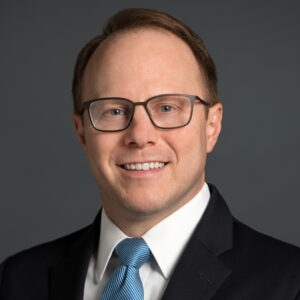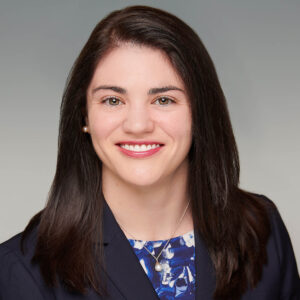PIOGA Press
(By Gary Steinbauer, Gina Falaschi and Christina Puhnaty)
On October 14, 2022, the U.S. Environmental Protection Agency published a proposed rule that would require all emission sources subject to the Agency’s major New Source Review (NSR) permitting program to consider fugitive emissions when evaluating whether a new source or physical or operational change triggers the stringent major NSR permitting requirements. 87 Fed. Reg. 62,322 (Oct. 14, 2022) (Proposed Rule). The treatment of fugitive emissions, i.e., those “which could not reasonably pass through a stack, chimney, vent, or other functionally equivalent opening,” under the major NSR permitting program has been controversial for decades. While EPA predicts that the Proposed Rule will have limited impact on the regulatory community, EPA and state air permitting authorities may now place even greater pressure on industry to predict and quantify “fugitive emissions” from physical or operational changes to their facilities.
The major NSR permitting program is the Clean Air Act’s permit program that applies to the construction of new “major sources” and “major modifications” (i.e., qualifying physical or operational changes) to existing “major sources.” Applicability determinations under the major NSR program often rely heavily on predicted emissions from a new source or planned physical or operational changes to an existing source. When the new or existing source is located in an area that is in attainment with the Clean Air Act’s national ambient air quality standards (NAAQS), the major NSR program’s Prevention of Significant Deterioration (PSD) requirements apply. More stringent requirements, known as non-attainment NSR requirements, apply when the source will be or is located in an area that is not meeting one or more of the NAAQS. The Proposed Rule would impact all “major stationary sources,” regardless of whether they are located in areas that are meeting or not meeting the NAAQS.
The Proposed Rule would formally repeal EPA’s “2008 Fugitive Emissions Rule,” which provides that only “listed” industrial source categories are required to consider fugitive emissions when determining whether a physical or operation change is subject to major NSR permitting requirements. See 73 Fed. Reg. 77,881 (Dec. 19, 2008). The 28 “listed” industrial source categories referenced in the 2008 Fugitive Emissions Rule include, among others, iron and steel mills, Portland cement plants, petroleum refineries, coke oven batteries, certain fossil-fuel-fired power plants, and certain petroleum storage and transfer units. Effectively, the 2008 Fugitive Emissions Rule allowed non-listed industrial source categories to consider only non-fugitive emissions when evaluating major NSR permitting applicability.
Shortly after the 2008 Fugitive Emissions Rule went into effect in early 2009, environmental groups submitted a petition for reconsideration, after which EPA issued and extended multiple stays of the 2008 Fugitive Emissions Rule. As a result, since late- 2009, the 2008 Fugitive Emissions Rule has been stayed and the regulations predating it have remained in effect.
In addition to proposing to formally repeal the 2008 Fugitive Emissions Rule, EPA is seeking to remove a regulatory exemption that has been on the books since 1980. This “1980 exemption” provides that a physical or operational change is not considered a “major modification” subject to NSR permitting requirements if the physical or operational change is considered “major” solely due to fugitive emissions and the change is occurring at a facility within a non-listed industrial source category. In the Proposed Rule, EPA states that the 1980 exemption was inadvertently retained between 1989 and 2008, despite other EPA interpretations providing that all “major” sources are to account for fugitive emissions when evaluating major NSR permitting applicability. EPA acknowledges that the 1980 exemption “has created significant uncertainty about the EPA’s treatment of fugitive emissions in the major modification context.” 87 Fed. Reg. at 62,328.
The Proposed Rule may be part of an emerging trend of EPA revisiting decades-long controversies related to fundamental aspects of the Clean Air Act permitting programs. In a late September 2022 presentation to the Association of Air Pollution Control Agencies, EPA discussed the Proposed Rule, along with a spate of several other planned regulatory actions and guidance updates related to the major and minor NSR permitting program and its Title V permitting program.
EPA will accept comments on the Proposed Rule until December 13, 2022, on the Federal e-rulemaking portal (www.regulations.gov).
If you have any questions about the Proposed Rule or submission of comments to EPA, please contact Gary E. Steinbauer at (412) 394-6590 or gsteinbauer@babstcalland.com, Gina N. Falaschi at (202) 853-3483 or gfalaschi@babstcalland.com, or Christina Puhnaty at (412) 394-6514 or cpuhnaty@babstcalland.com.
For the full article, click here.
For the PDF, click here.
Reprinted with permission from the November 2022 issue of The PIOGA Press. All rights reserved.


